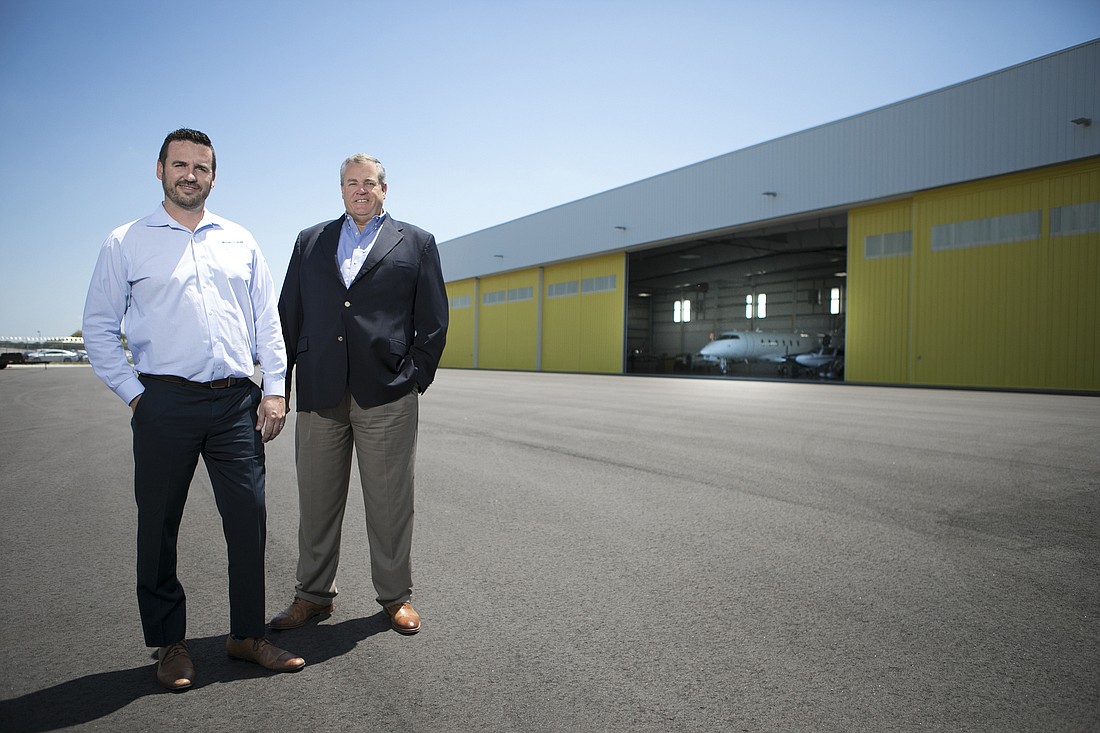- April 4, 2025
-
-
Loading

Loading

Last year, 19.6 million passengers landed at Tampa International Airport aboard one of 25 airlines that serve North America’s 29th busiest airport — clear confirmation the Tampa area has arrived as a metropolitan destination.
But it is increasing corporate traffic at TIA’s two full-service fixed-based operators’ terminals — up 8.5% in 2017 — that signal the Tampa area has truly arrived as a major business destination. “Our general aviation business is really important to the airport and to the community,” says Tampa International Airport Director of General Aviation Brett Fay. “It is really a gateway to the community for the business traveler.”